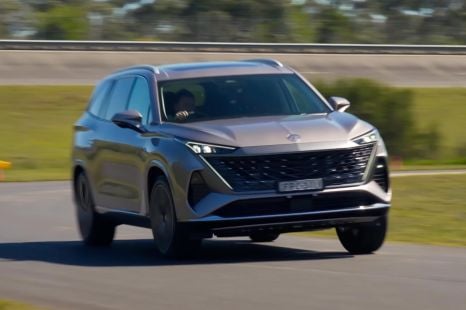

William Stopford
2026 MG QS review
4 Days Ago
Jaguar Land Rover wants to bring more of its many plug-in hybrid models to Australia, though it wants to see some government changes.

News Editor
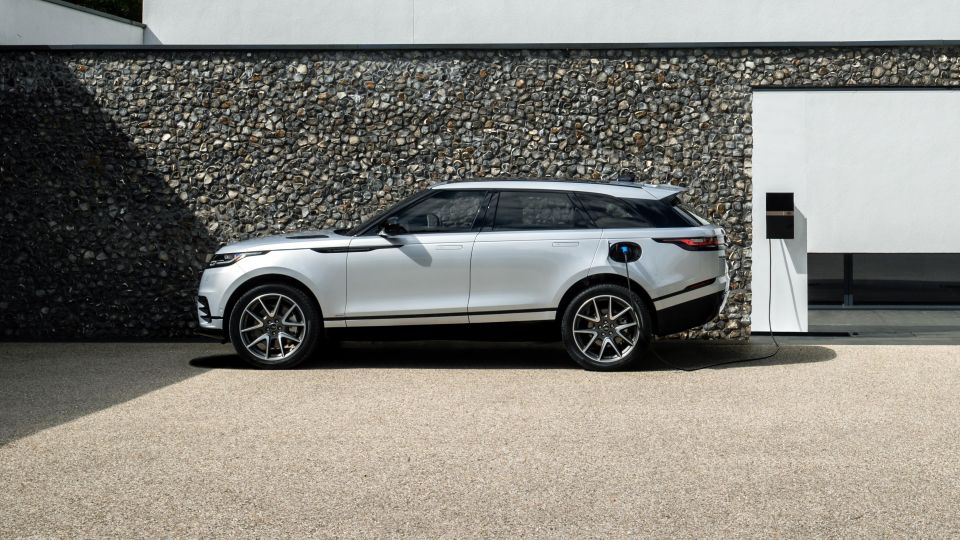

News Editor
Jaguar Land Rover is looking to bring more plug-in hybrids to Australia.
“I’m looking at the market changes, the condition changes, with a view to deciding when the best opportunity is for those vehicles to be introduced into Australia,” said JLR Australia managing director Mark Cameron.
“Obviously, there has to be a business case, there has to be volume, to look toward that. But we’re committed to try and improve the mix of low emissions vehicles with our fleet.”
He said some state government changes around zero-emission vehicle incentives were encouraging, but wants to see greater changes to the Luxury Car Tax (LCT) thresholds.
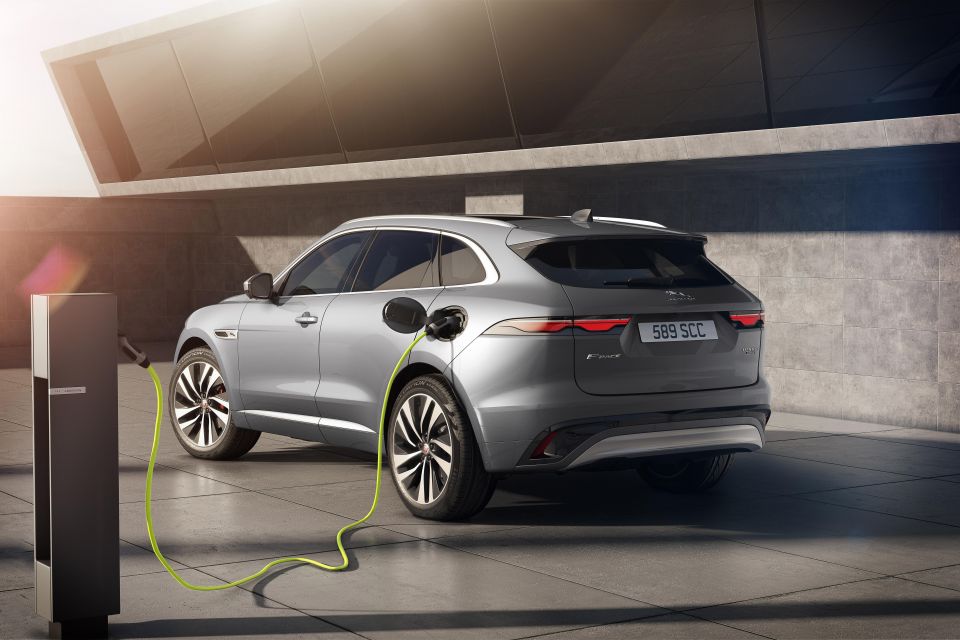
“We would like customers buying more expensive cars to still have some incentive to switch their buying behaviour away from traditional internal combustion engines to low-emissions electric or electrified vehicles,” said Mr Cameron.
Under the Land Rover nameplate, JLR offers plug-in hybrid versions of the Range Rover Evoque, Discovery Sport, Range Rover Velar and Defender.
Under the Jaguar brand, it has plug-in hybrid versions of both the E-Pace and F-Pace crossovers. These are sold alongside the all-electric I-Pace.
JLR only sells PHEV versions of its Range Rover Sport and Range Rover locally, both introduced in 2018.
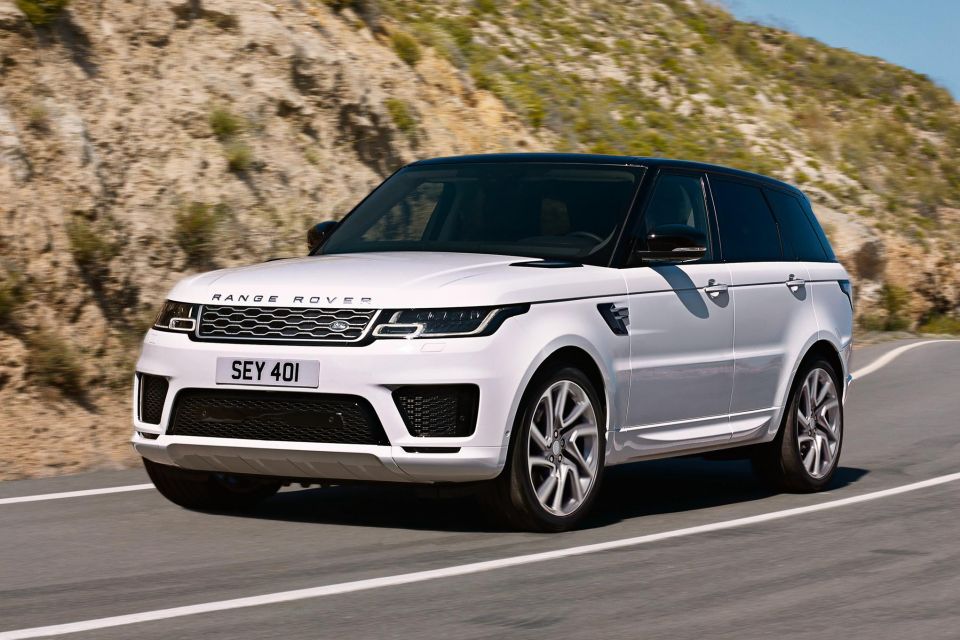
The more affordable of the two, the Range Rover Sport, uses a turbocharged 2.0-litre four-cylinder engine with a 13kWh battery and a 105kW electric motor, for a total system output of 297kW of power.
It’s presently available only in base SE trim. Likewise, the Range Rover’s PHEV variant is only available in that line’s entry-level Vogue trim.
While state and territory governments across Australia have been announcing incentives and goals for electric vehicle uptake, there’s been little in the way of directly incentivising plug-in hybrids.
In Victoria, the state is arguably disincentivizing the technology by charging a 2c/km road user tax. This means PHEV owners will pay a tax on both their petrol and their use of the roads.
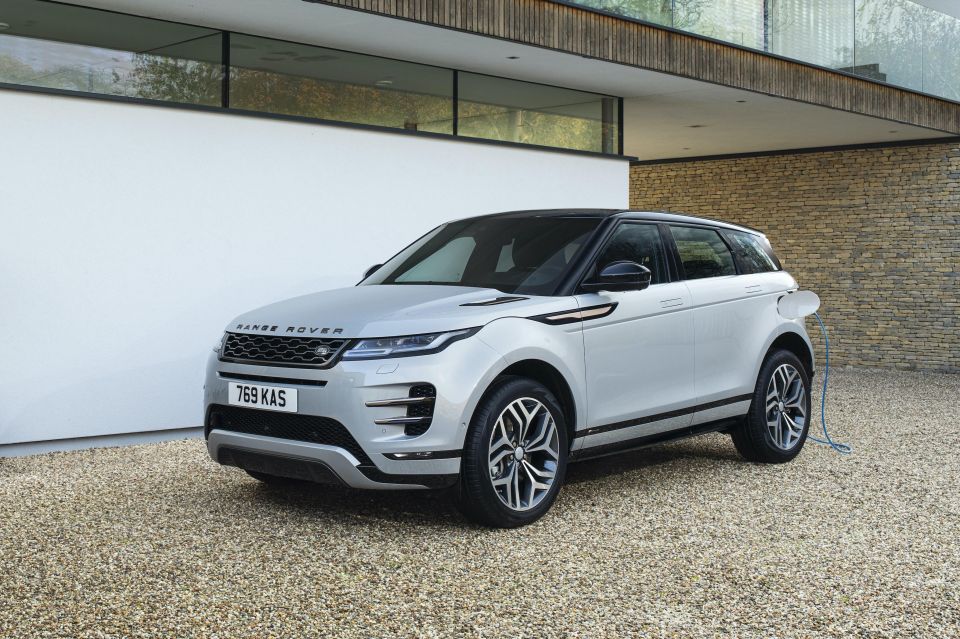
New South Wales will follow suit but has delayed the introduction of its 2.5c/km tax to July 1, 2027, though at this point it’ll remove stamp duty for both PHEVs and all-electric vehicles.
Both the NSW and Queensland governments also plan to add more PHEVs to their fleets.
Last year in Australia, all-electric vehicles outsold plug-in hybrid models.
Excluding Tesla, which doesn’t report its sales figures, there were 939 electric passenger cars and 816 electric SUVs sold in Australia.
In contrast, there were 403 plug-in hybrid passenger cars and 1282 PHEV SUVs.
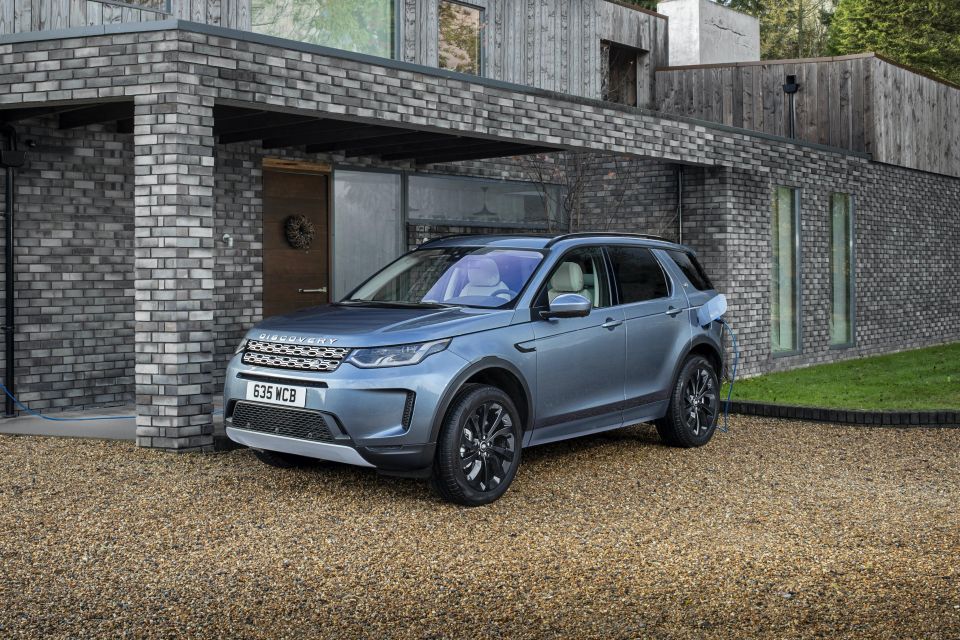
The Mitsubishi Outlander PHEV did much of the heavy lifting in that last category, though it finally received a direct rival in the form of the MG HS Plug-In Hybrid.
Various luxury brands have entered the PHEV market in recent years, however.
These include the A250e, C300e, GLC300e and E300e at Mercedes-Benz, plus the 330e, 530e, 745e and X5 xDrive45e over at BMW.
The Bavarian brand will also introduce a plug-in xDrive30e version of its X3 mid-sized SUV before the end of 2021.
Audi doesn’t offer any PHEVs locally despite a wide range in Europe, though the Volkswagen Group’s PHEV drought locally will soon end with the introduction of electrified Bentley and Cupra models.
In terms of off-roader brands, Jeep has PHEV versions of its Renegade, Compass and Wrangler available overseas but has yet to introduce them locally.
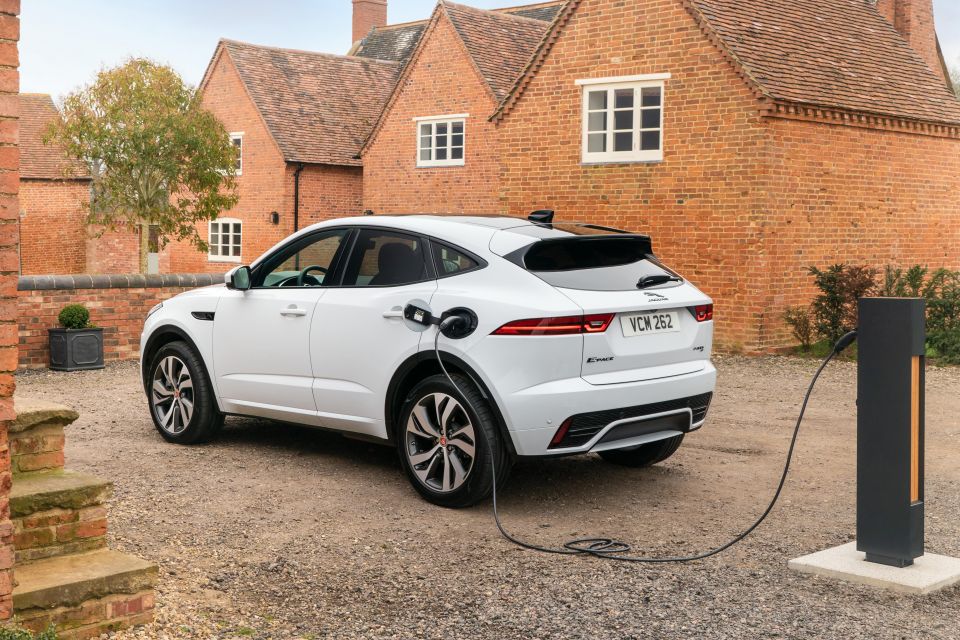
It will, however, offer a plug-in ‘4xe’ version of its upcoming, redesigned Grand Cherokee in 2022.
While JLR’s plug-in hybrid range has grown rapidly and it plans to roll out more all-electric models, regular internal combustion engines – most of which feature mild-hybrid technology – are still safe for now.
“We’re going to have a great range of technologies, we’re not going to start sacrificing the availability of diesels or petrols anytime soon, for some years,” said Mr Cameron.
William Stopford is an automotive journalist with a passion for mainstream cars, automotive history and overseas auto markets.


William Stopford
4 Days Ago
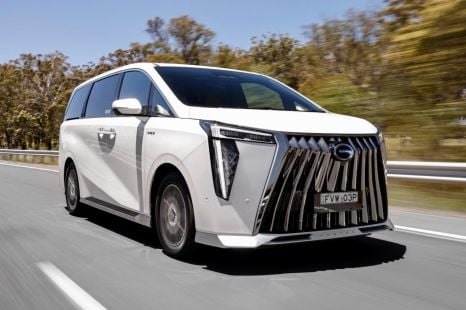

Ben Zachariah
3 Days Ago
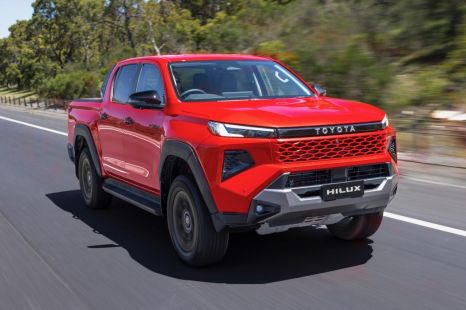

Ben Zachariah
2 Days Ago
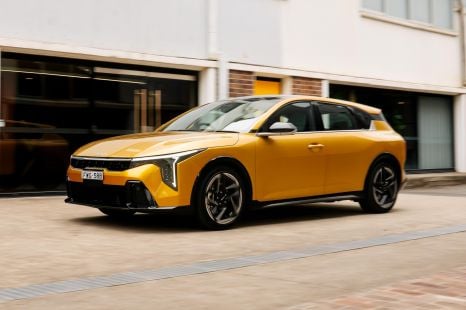

James Wong
17 Hours Ago
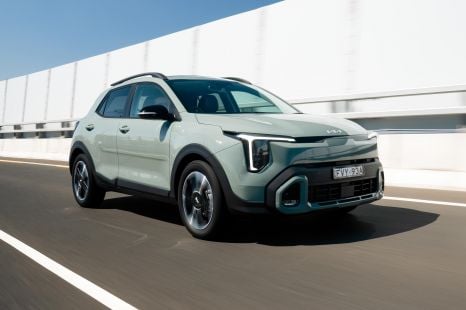

James Wong
17 Hours Ago
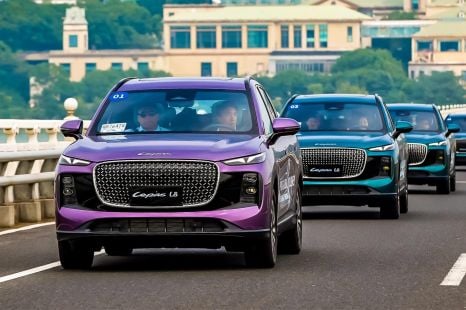

James Wong
10 Hours Ago